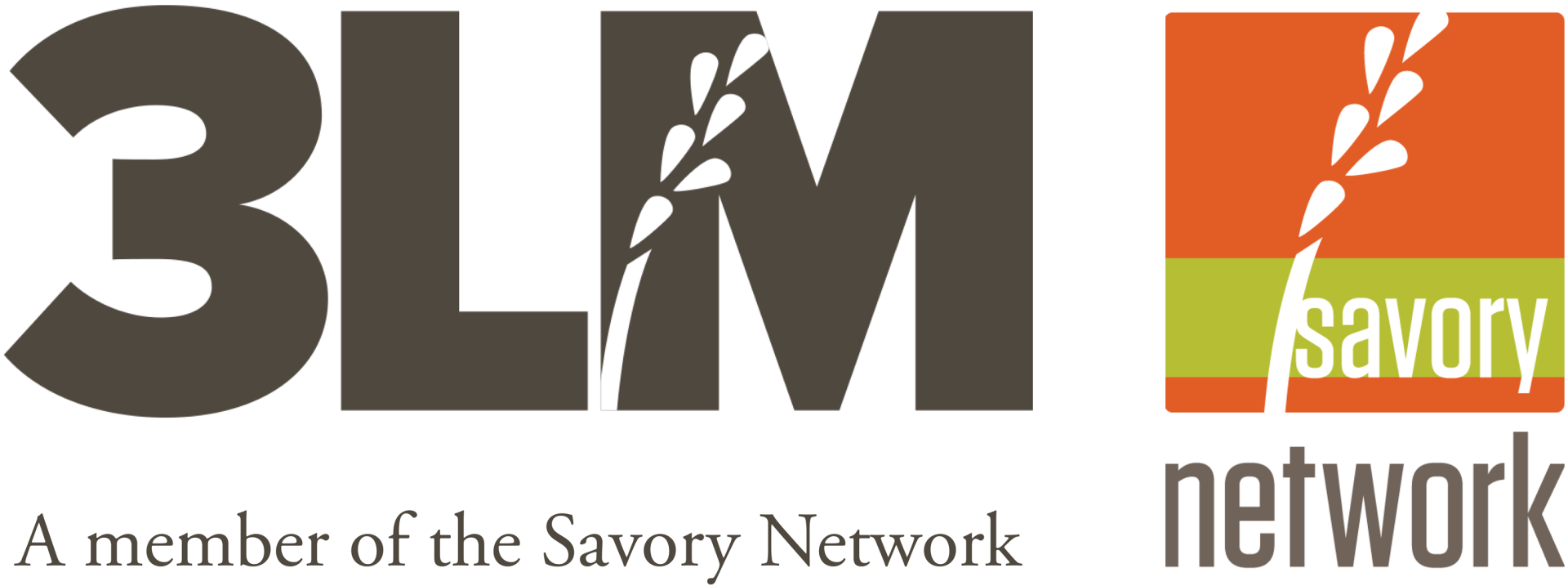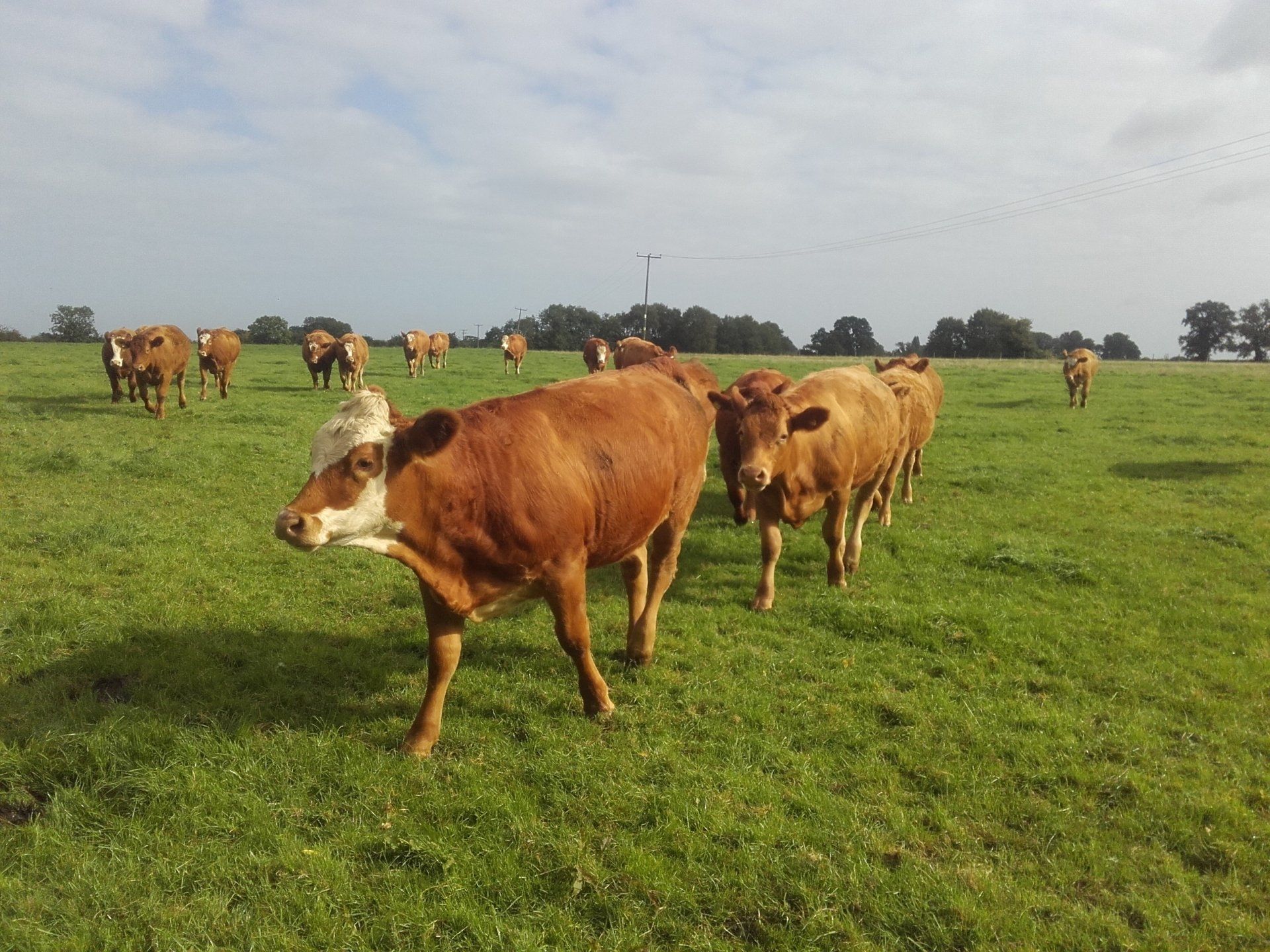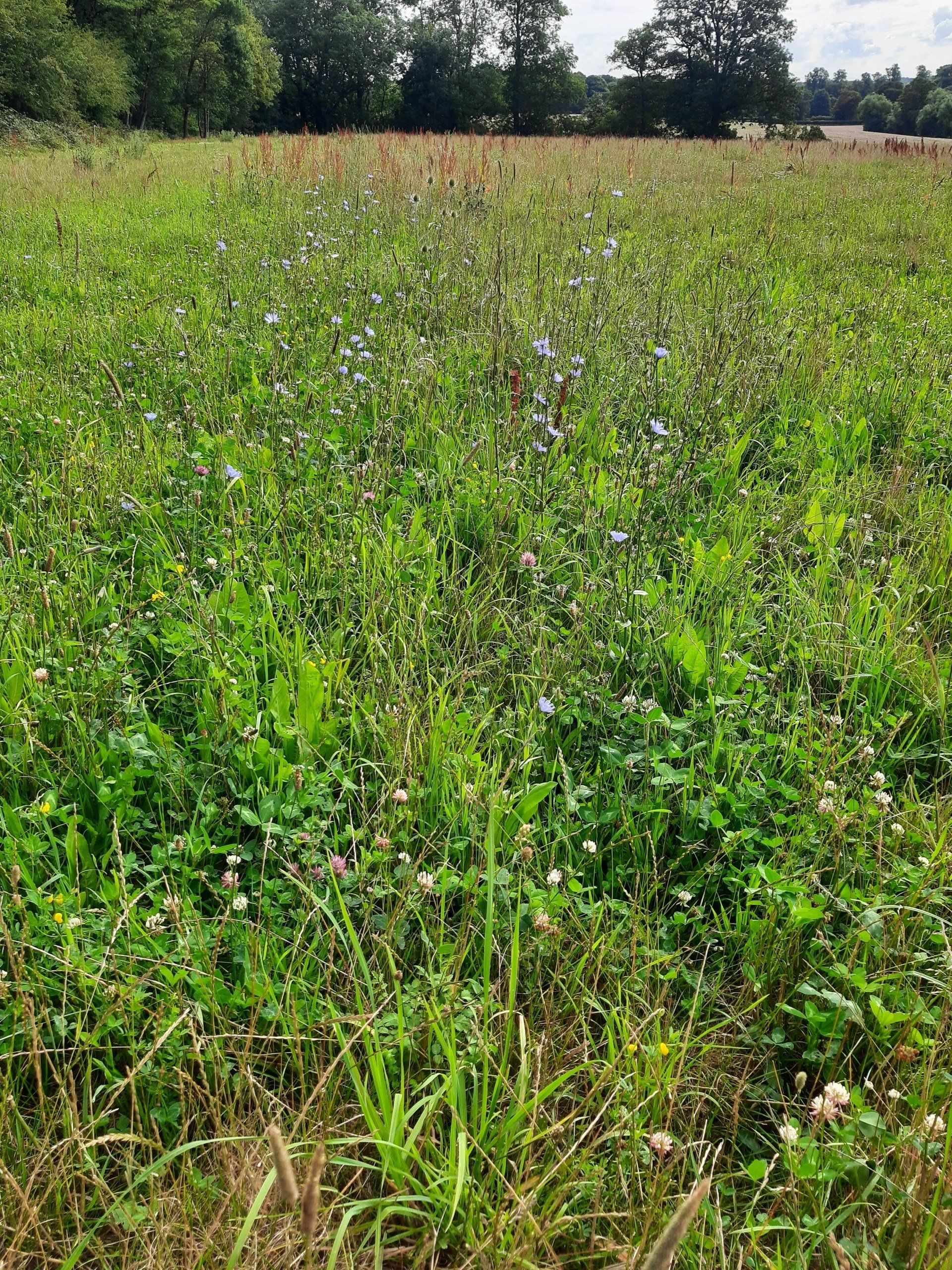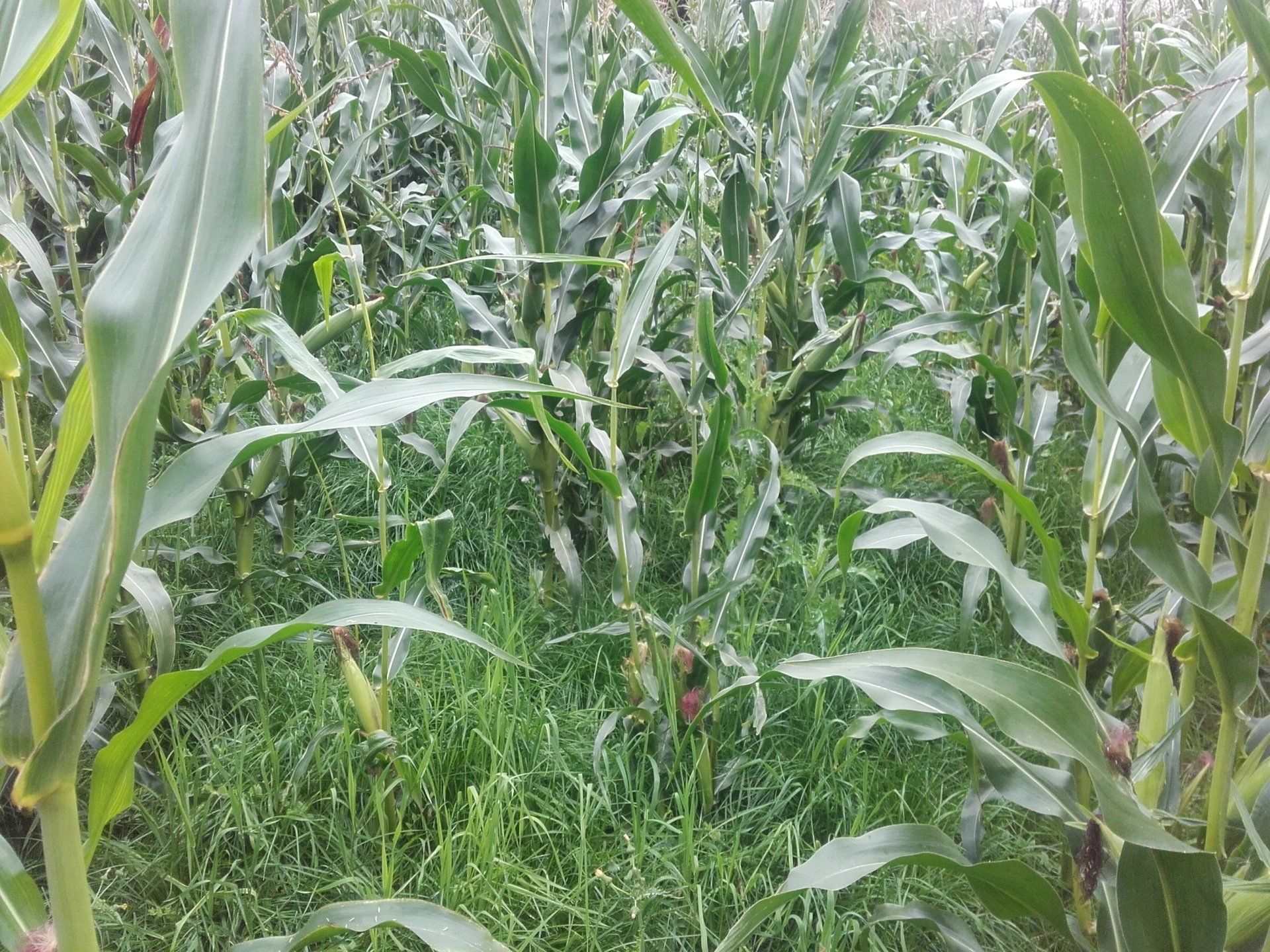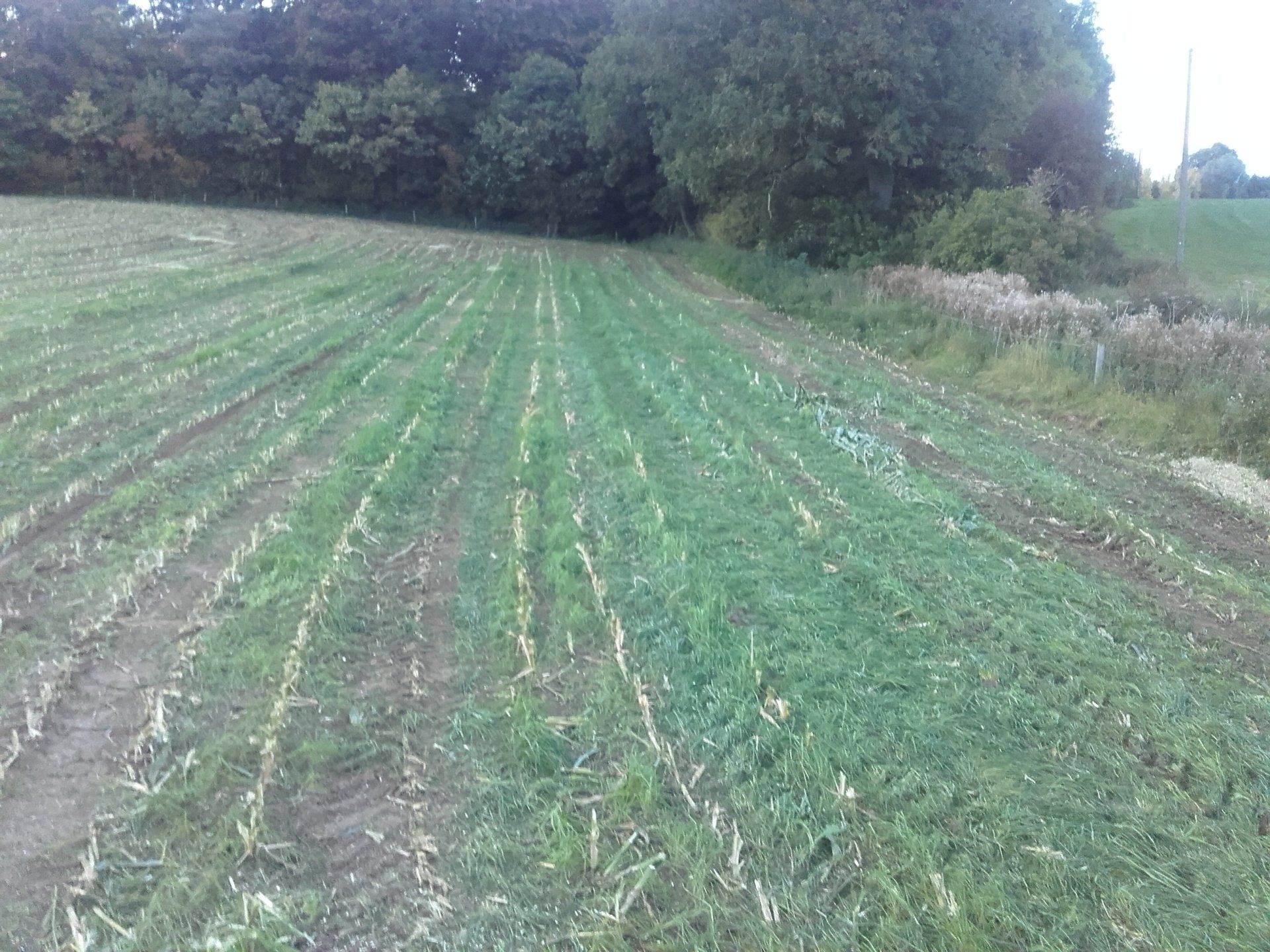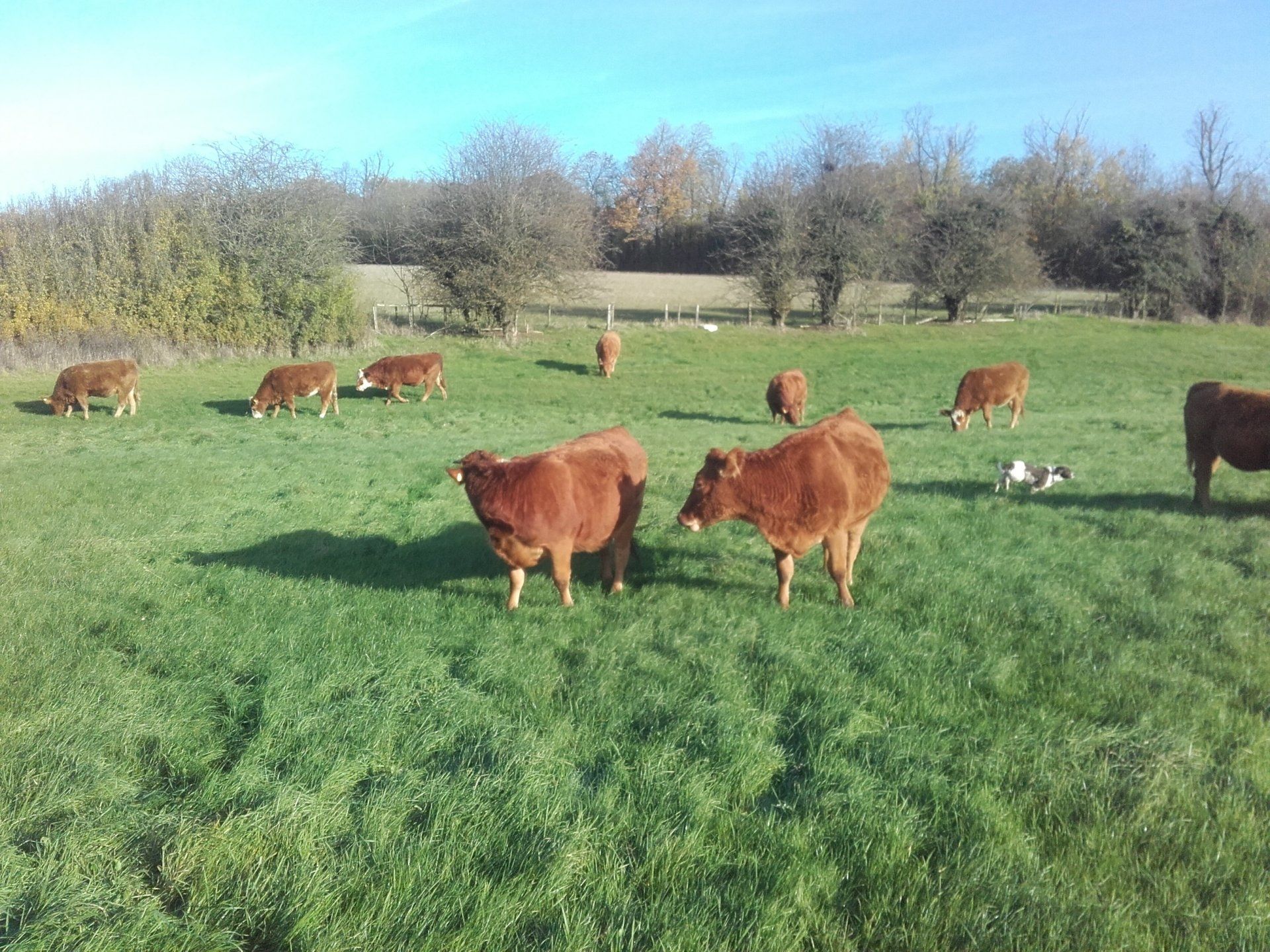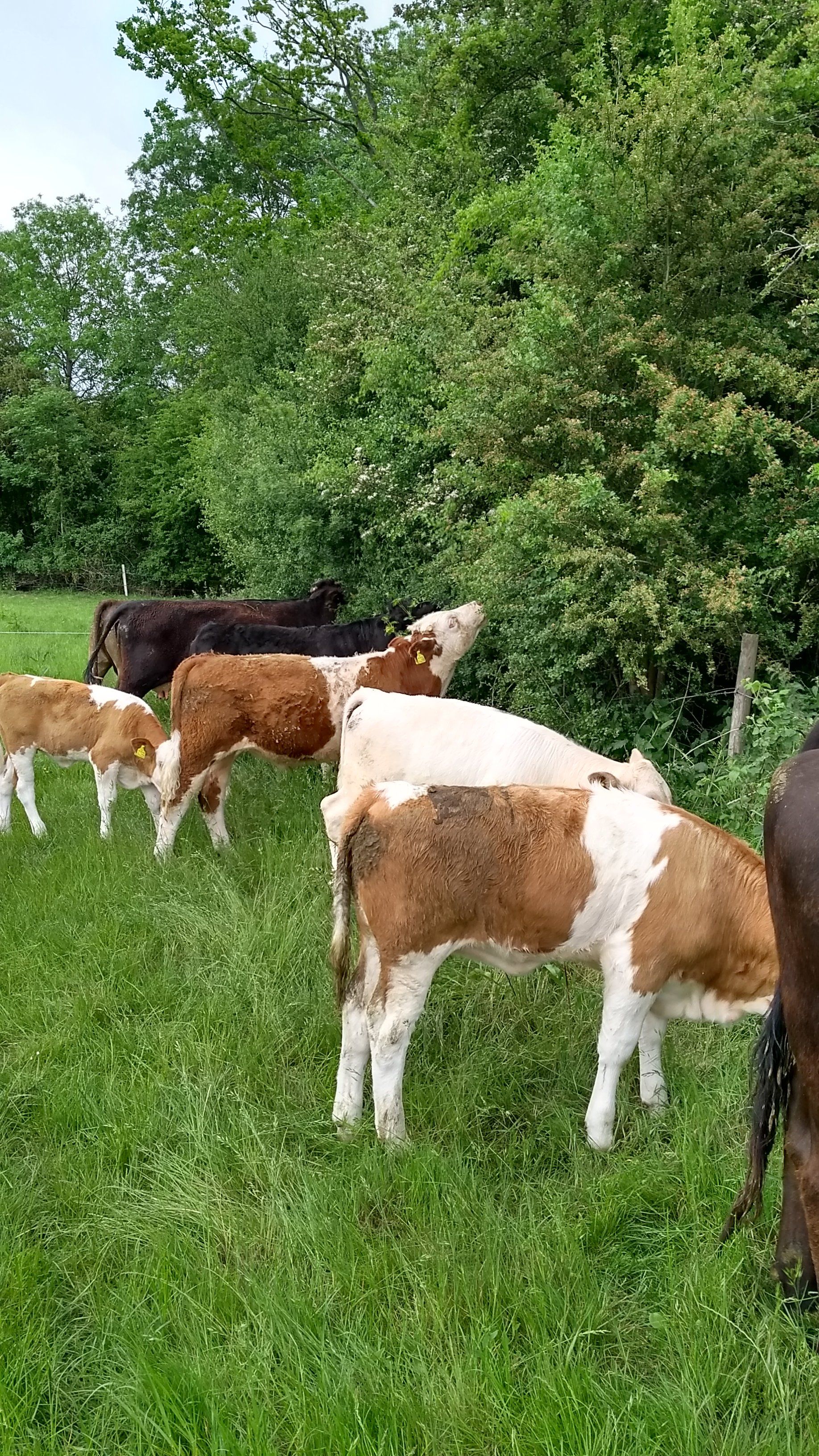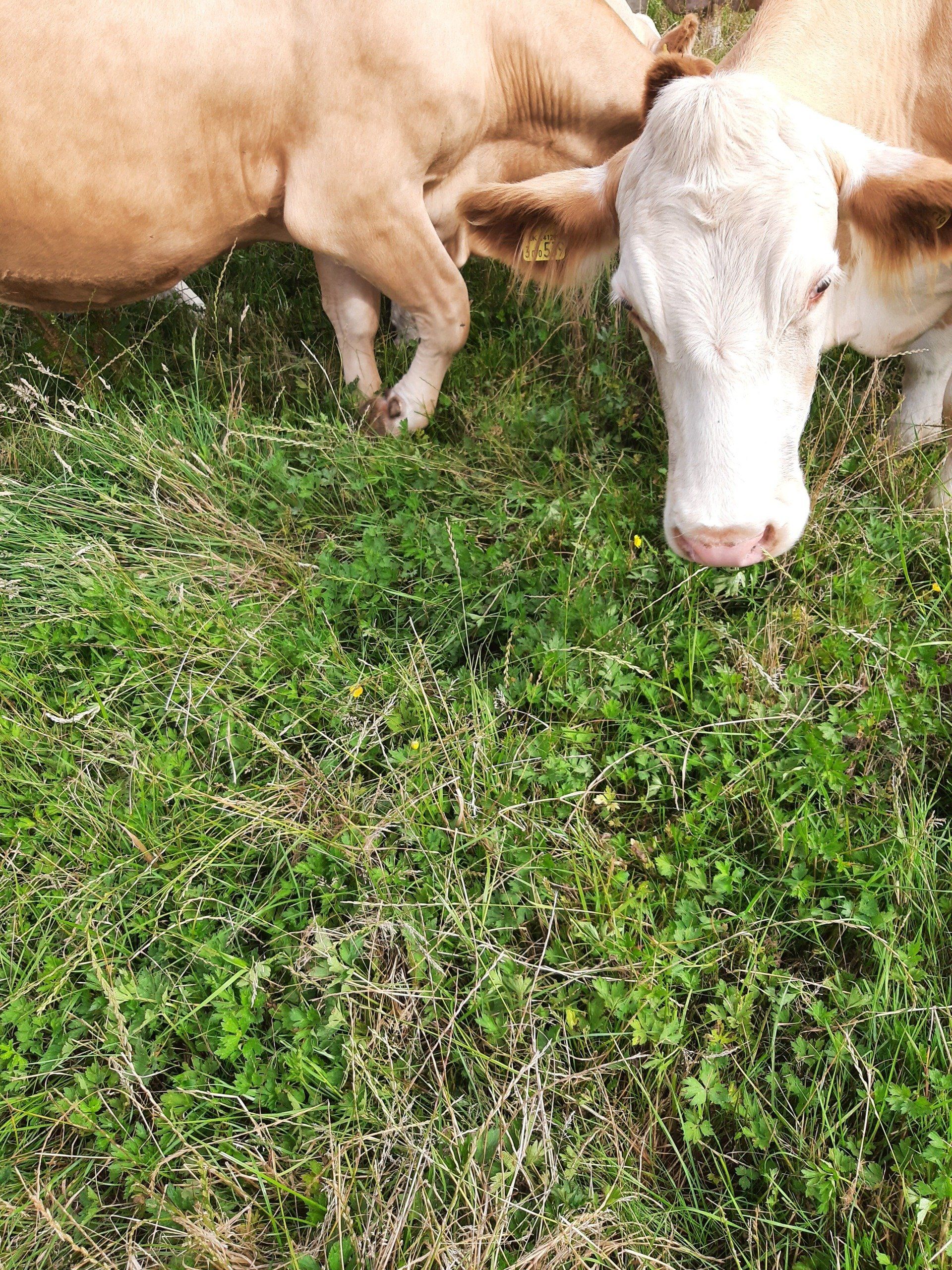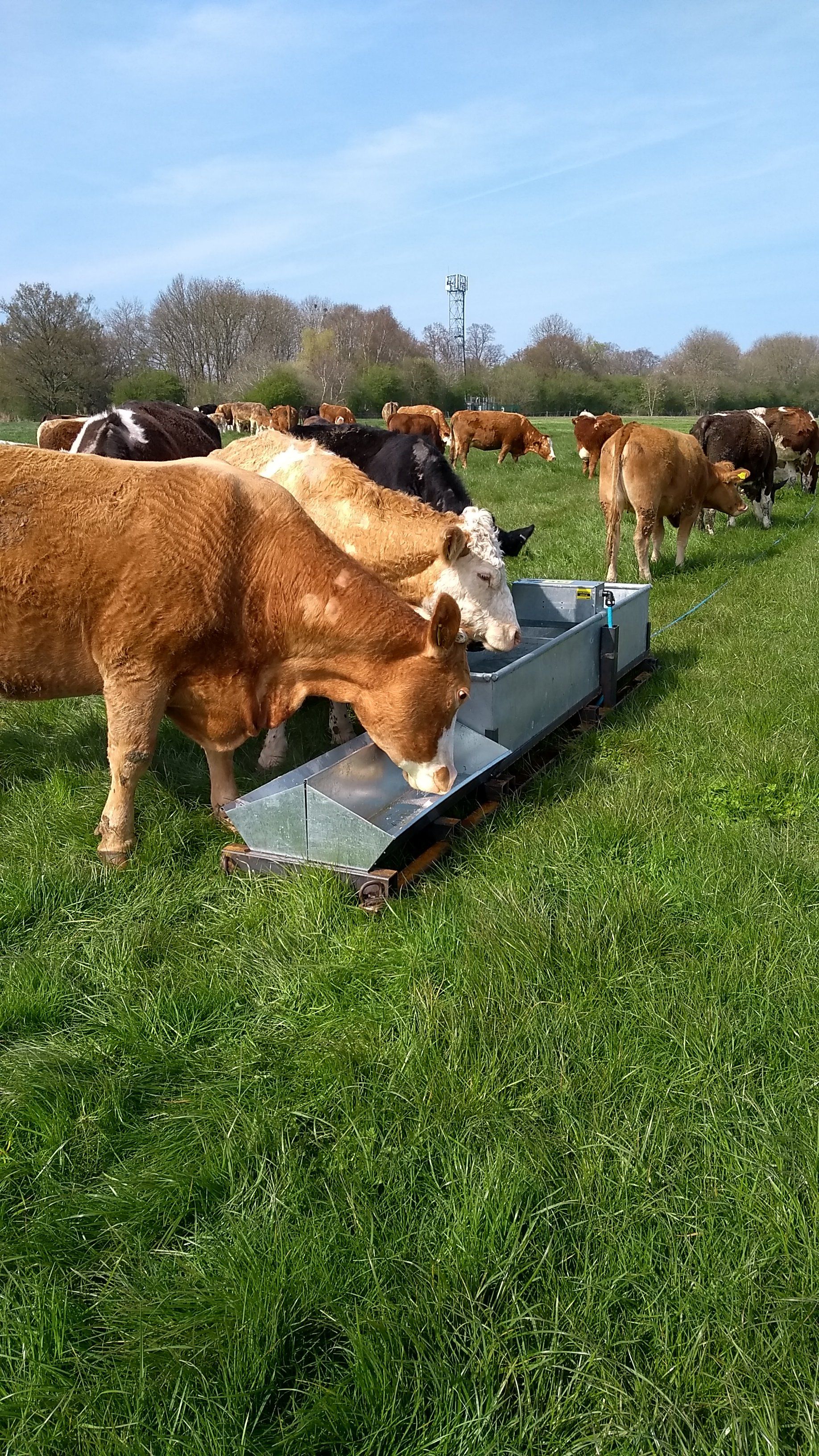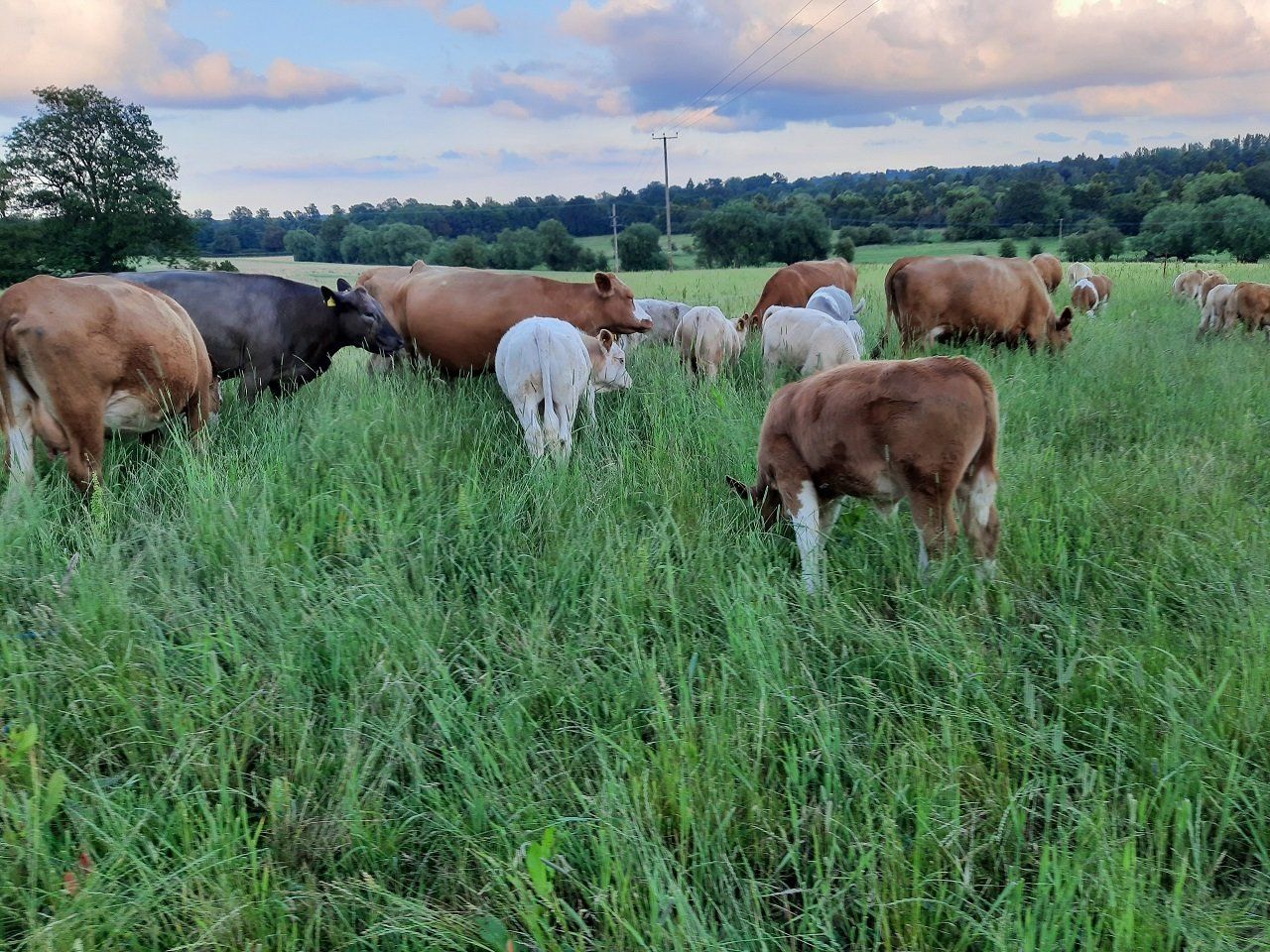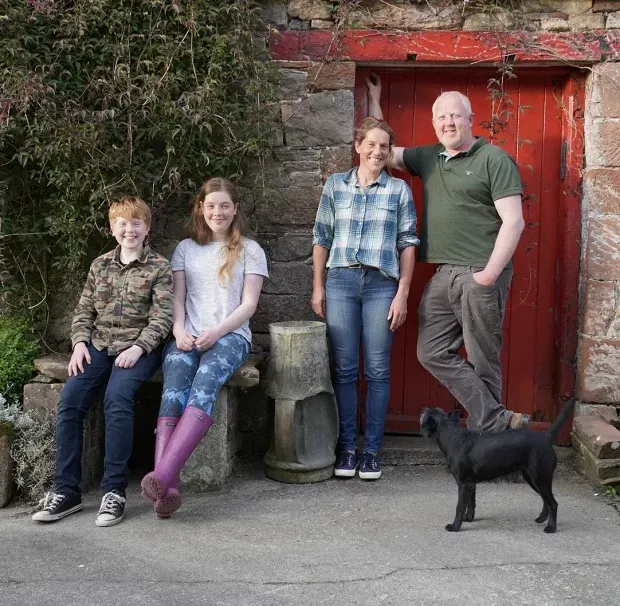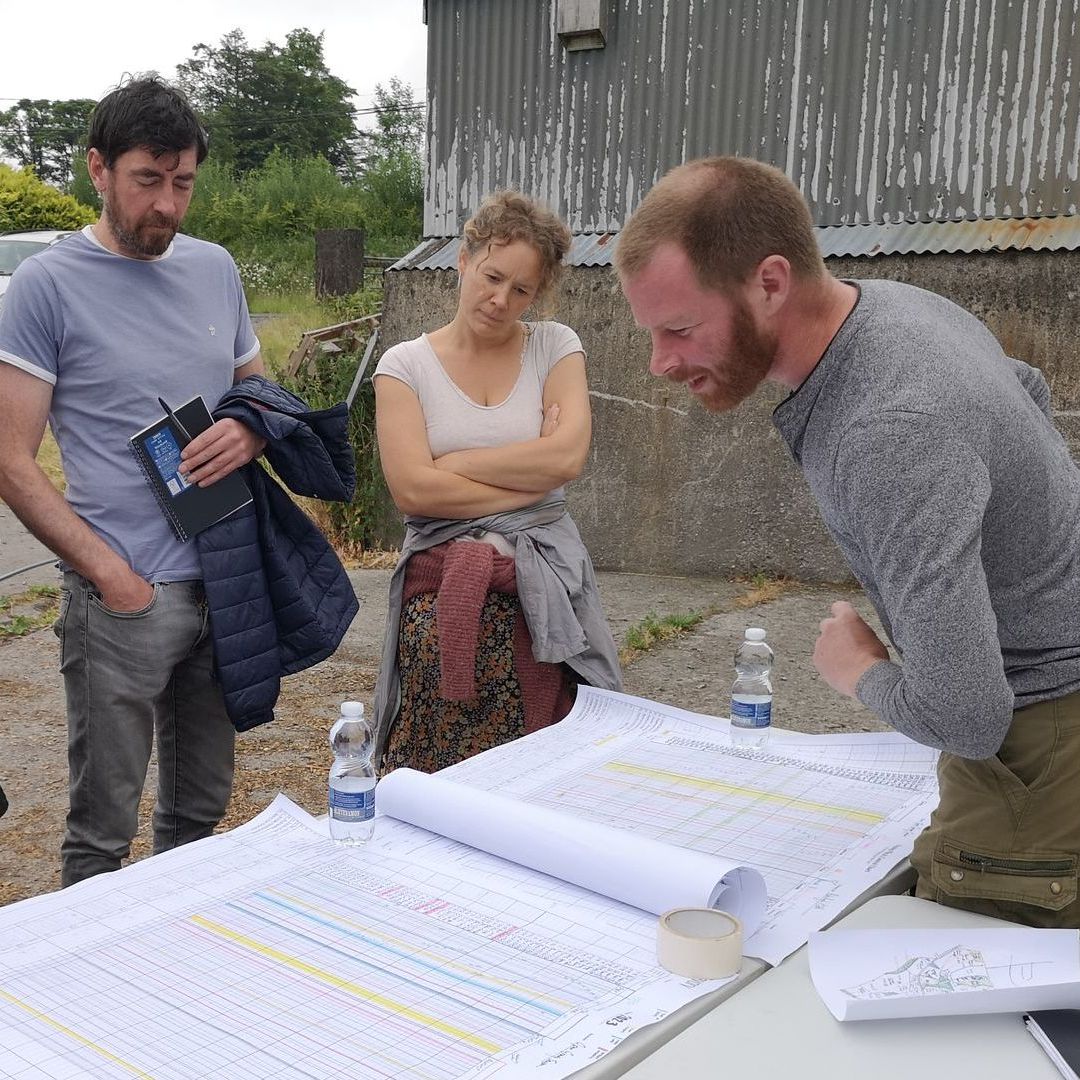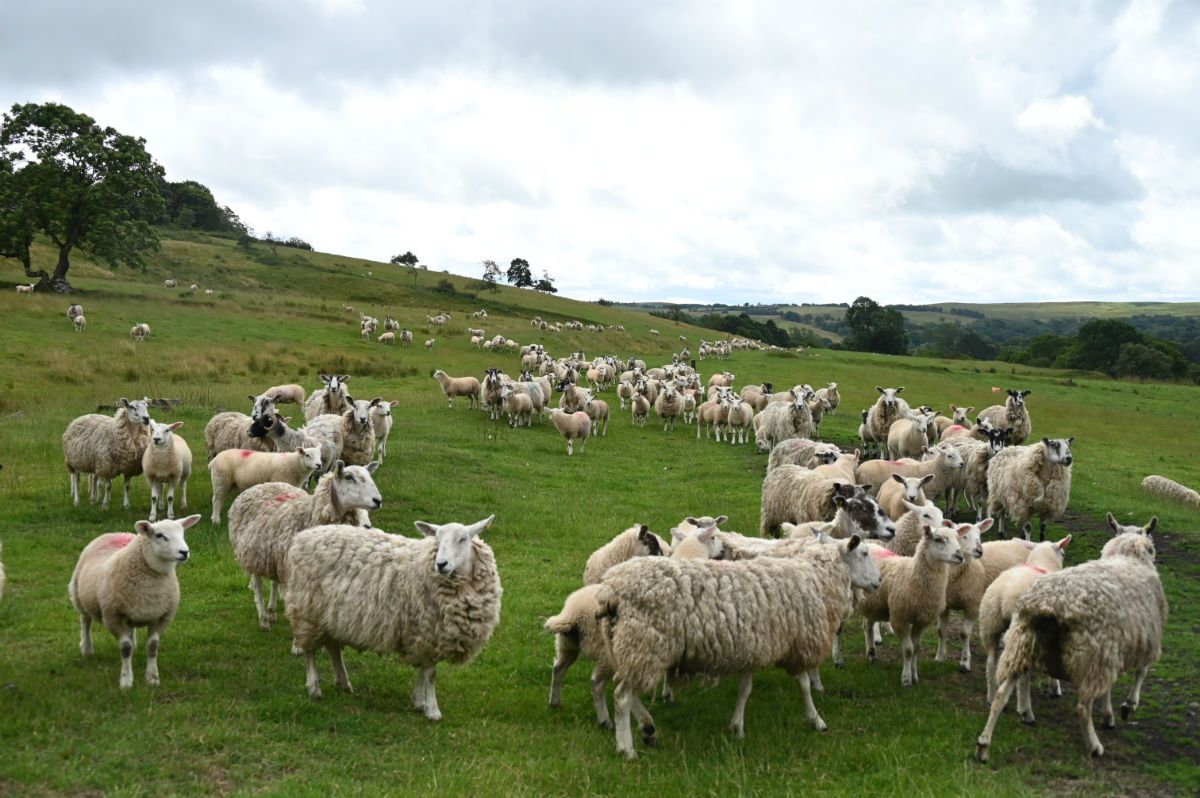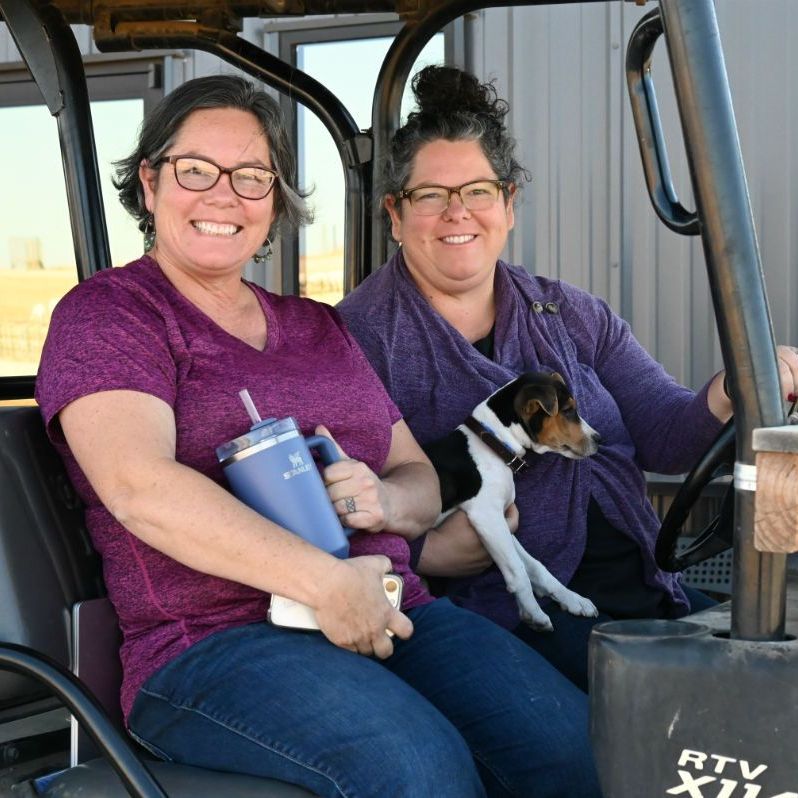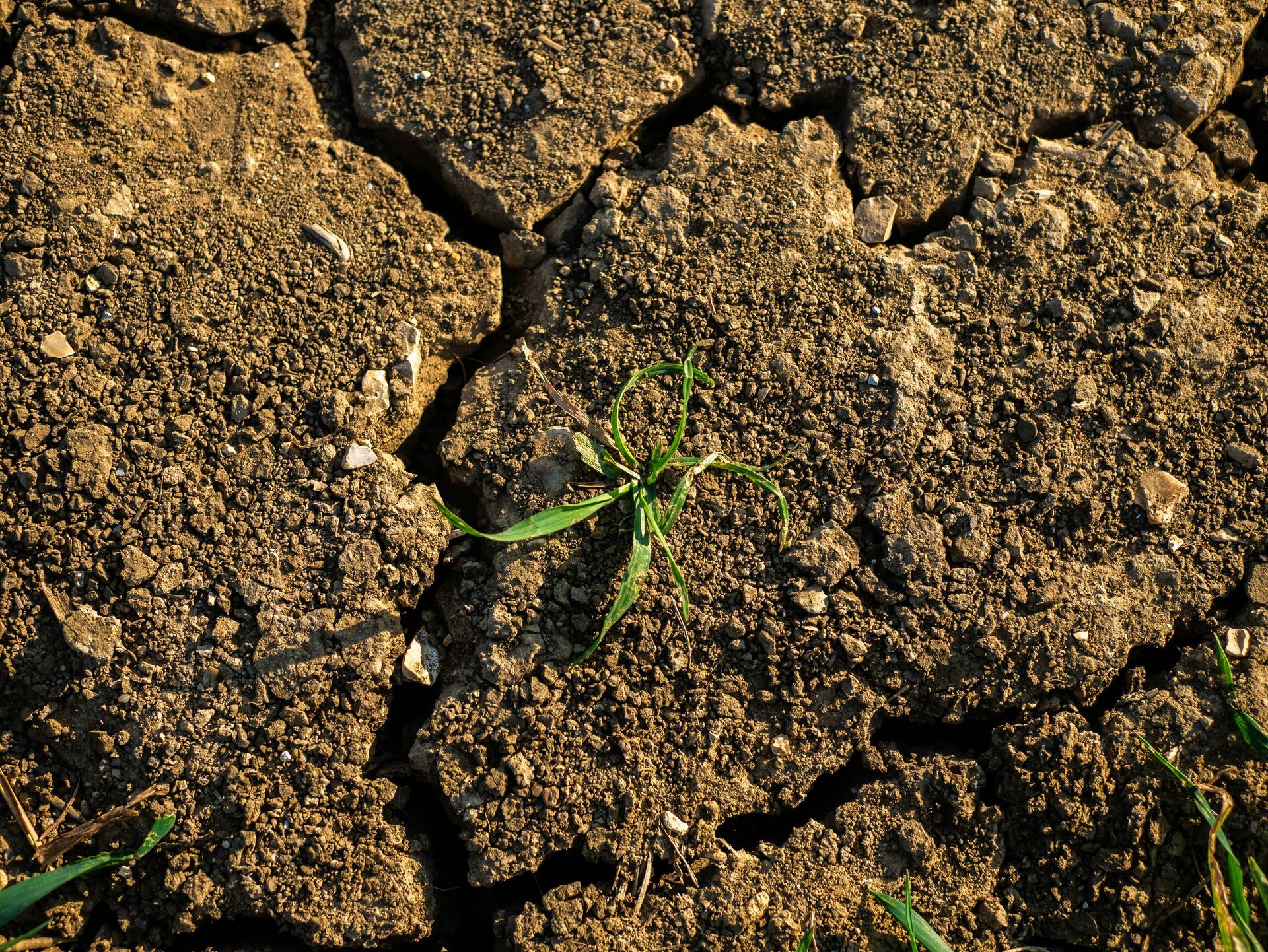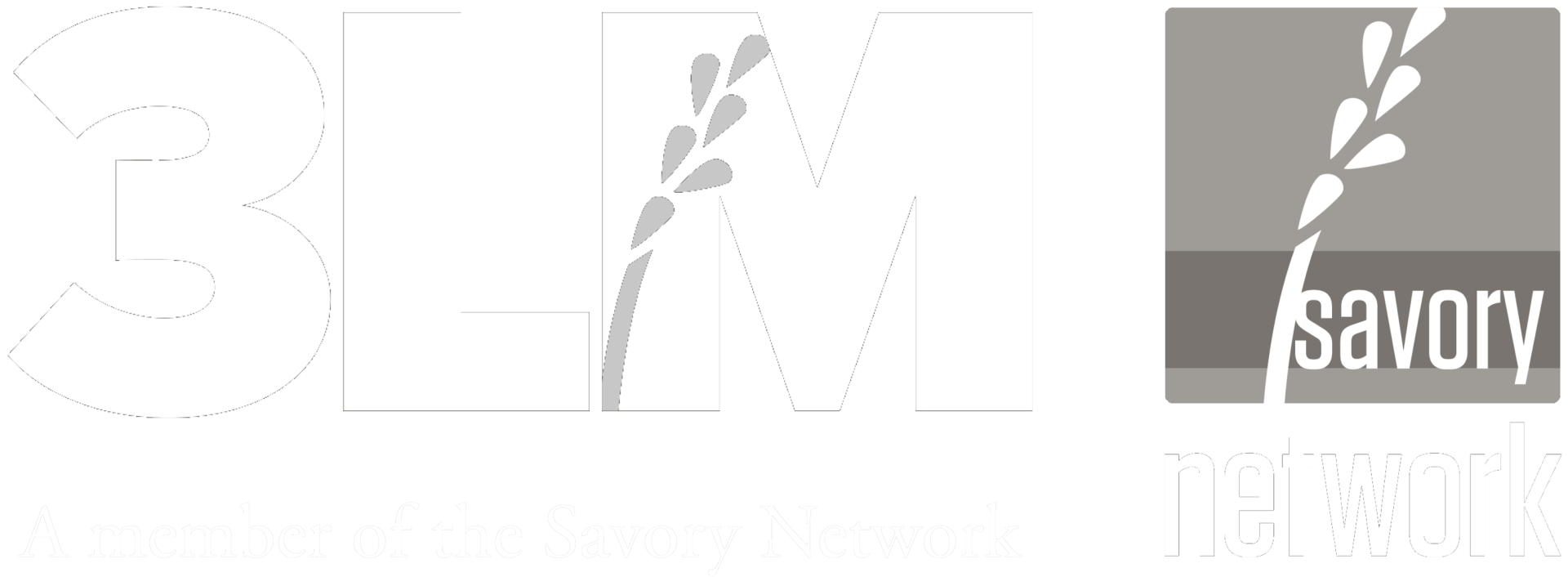Successful transition to Holistic Management
Aoife Corcoran • 7 June 2021
This is the story of Ian Davis' successful transition from conventional management to Holistic Management, near London.

Mad cow forced Ian to find work off-farm
Ian Davis is a cattle farmer on his family farm in Hertfordshire, UK, in the midst of the North London commuter belt. He first started working on the farm in the 1980s. When mad cow disease appeared in England, like many farms at the time, it left them in financial difficulty.
In seeking off-farm employment he began working for the National Rivers Authority in river flood management whilst continuing to farm. Whilst there he learned that the practices to reduce flood risk by encouraging faster river flow were causing environmental damage and that more sympathetic alternatives had to be found. He engaged with the introduction of Natural Flood Management around 2010, and learnt much from his EA ecology colleagues.
Ian returned to full-time farming
After 23 years in the role he came back to farm full time in 2015. In 2020, he became fully chartered with the Institute of Water and Environment Management (CIWEM) where he now also sits on the Natural Capital Specialist Advisory Panel.
Ian discovered regenerative farming in New Zealand
Knowing conventional farming in the UK was not where he wanted to be, he undertook a research trip to New Zealand in June 2017. There he was introduced to regenerative farming ideas which chimed with his Natural Flood Management experience, and his outlook changed from wanting to suppress nature towards helping to regenerate it.
After returning to the UK he looked for more information and came across the Savory institute and the 3LM network, signing up for the full Holistic Management training suite. Since then, he has read widely around holistic management and regenerative principles and has implemented it on his farm.
Varying soil types presented a challenge
He faced particular difficulties in the widely varied soil types on the farm, caused by the last glacial period depositing moraine in the area.
Most of his fields contain widely varying soil types making consistent management a challenge. This was compounded by the previous owners, a sand and gravel company, having dug almost half the farm in the 1980s and restored the land poorly afterwards. That part of the farm still has serious drainage and compaction issues, badly compromising the water cycle.
Biodiversity has increased since managing holistically
By managing holistically, he has already seen significant changes in the ecology of the farm. The diversity of bird species has increased, especially birds of prey, and the increase in insect life is most noticeable. Below is a video from 2019 showing the abundance of insect life when the herd moves into a new grazing cell.
Below is a video of Ian's cows enjoying the tall grass on their farm. This grass was achieved by following holistic planned grazing.
Dung beetles have returned since discontinuing wormers
He has not used wormers on the cattle since 2017. The long recovery times and the fact that the cattle rarely graze the forage down short have broken the worm life cycle, which is reflected in very low worm counts from the herd.
A positive effect of this is the return of dung beetles breaking up and cycling the cattle dung in his paddocks as the video below shows.
Reinvigorated love for nature
Seeing these changes has reinvigorated his love for and satisfaction from nature. Productivity has not risen much yet, due partly to the unusually dry and frosty Spring in 2020, but he is encouraged by the changes he has noticed and is fully committed to the holistic approach.
Experimentation with maize
Ian strongly believes that we must all be prepared to experiment in how we manage our land and observe carefully to identify what works for us in our own contexts.
In 2017, he was concerned at the damaging impact of continuing to grow forage maize for Winter feed. He experimented with oversowing grass into the newly emerged maize crop that year to reduce the soil exposure and improve the sunlight capture. He also aimed to avoid damaging cultivation late in the year after the maize harvest.
Despite being unable to incorporate the seed into the soil it worked reasonably well as the photos above show. It seems that rain at just the right time was key in this though and the same approach failed in 2019, so he has now ceased growing maize altogether.
Experimentation with mobile drinking water tanks
A very successful experiment has been the use of a mobile drinking water tank (above) Ian made in 2019 to overcome the problem of having the cows walk back to fixed tanks in each field. The photos below show the same field grazed before and after the use of the mobile tank, clearly showing how it helped avoid overgrazing the areas around the tank.
Before and after the use of mobile drinking water tanks
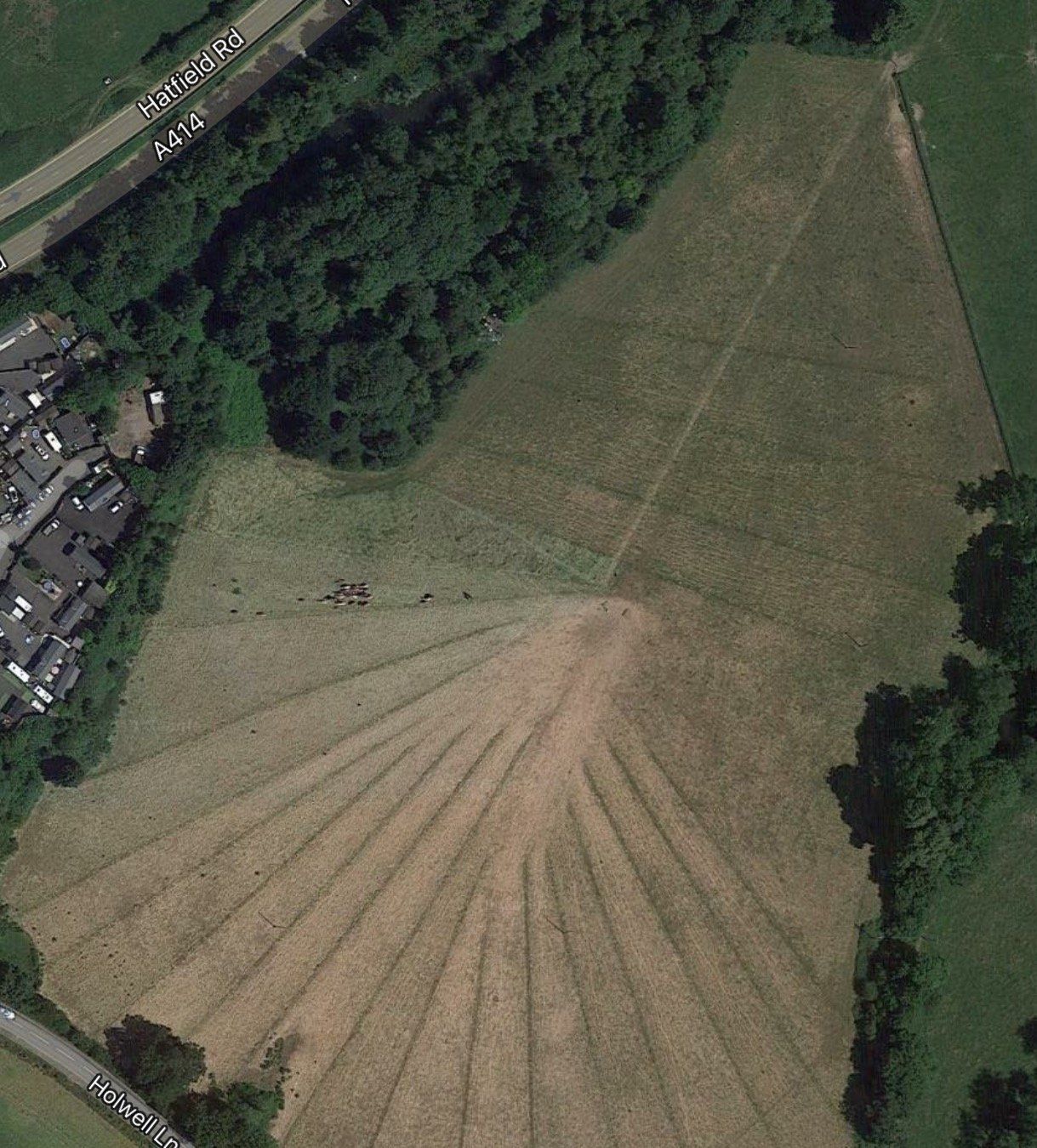

See Ian Davis speak at Groundswell
From seeing the change on his own farm Ian believes that Holistic Management must be part of the future for farming in England. As an advocate for changes in farming approach he attends events such as Groundswell, where he is leading a discussion on the 23rd of June, at 10:00 AM called, Farming & Water, Allies or Enemies?
With his experience of both river catchment management and farming he will be discussing with an expert panel the effects of past farmland management on the water cycle in England. He strongly believes that regenerative agriculture can be a big part of the solution in helping farms adapt to the changing climate, helping reduce the frequency and severity of major flooding and helping water companies to improve the security of public water supply, increasingly a big concern for them.
Seeking the quiet life
Ian is currently preparing to sell his farm and relocate to a much quieter part of the UK, seeking a better quality of life. He looks forward to applying what he has learned so far in a new location both for his own benefit and to share it with others.
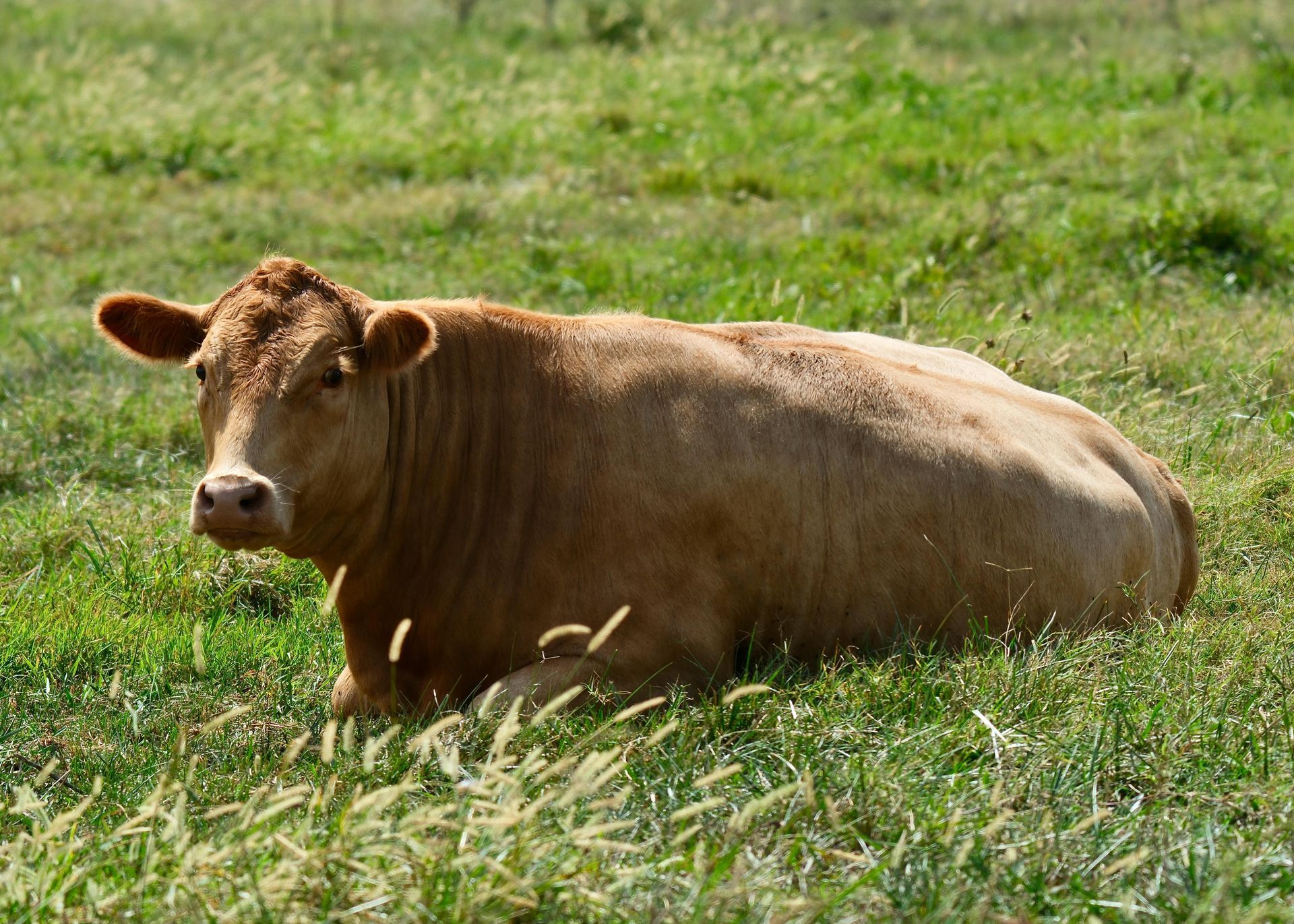
Agriculture in Ireland stands at a crossroads. One path keeps chasing ever-higher yields while costs for labour, feed, fertiliser, energy and infrastructure rise. Many urban people blame farmers, especially livestock farmers, for biodiversity loss and climate change. On this path, small family farms break down and are swallowed by large factory operations, replacing the patchwork of working farms. A return to the plantations of yore? Include the continued reduction in CAP payments and the possible loss of nitrogen derogation, and this yield-focussed path becomes increasingly unstable. On the other path, WE CHANGE how we see the land and our role on it. This path opens up to abundant biodiversity, resilient family farms and stronger ties between farmers and their communities. This is all within reach if we are willing to be humble, accept what we don’t already know, and explore ideas that have been developing on the margins for decades. Holistic Management offers principles that, when understood and applied, can transform farms into secure, productive businesses – the kind of farm any parent would want to hand to their son or daughter. On this path, the farmer thinks profit per acre, not yield. At 3LM we share this knowledge with farmers. Every farm is different, so it is for each farmer to adapt the principles to their own land and goals. Recently, I was fortunate to be invited to take part in the, Meat in the Middle , panel discussion at the inaugural Irish Climate Carnival. What: Climate Carnival Where: The Future of Food Stage Ballintubbert Gardens and House Stradbally Co. Laois Ireland When: 30th of September, 10:30 AM Panel Discussion: Meat in the Middle Who: Mick Kelly (host) John Gibbons (Environmental campaigner) Arthur Potts Dawson (Award winning Chef) Pippa Hackett (Senator and former Minister of State at the Department of Agriculture) Sam Fuller (3LM) The panel will explore the growing split between those who favour plant‑based diets and those who champion regenerative farming with animals. We’ll ask hard questions: are plant‑based diets the only ethical and environmental option? Can animal agriculture be sustainable or even beneficial for ecosystems? Is there a third way beyond polarised debate that leads to a truly sustainable food future? I will advocate for integrating livestock for several reasons. Humans are a keystone species on this island, and how we manage animals matters for building soil, encouraging biodiversity and maintaining a living, working landscape. Fatty red meat is one of the most nutrient- and energy-dense foods available. A farmer who grows and finishes cattle on their own land using their own forage strengthens local food security and rural life. A farmer who understands and uses Holistic Management is also one of the best allies the environmental movement could hope for.
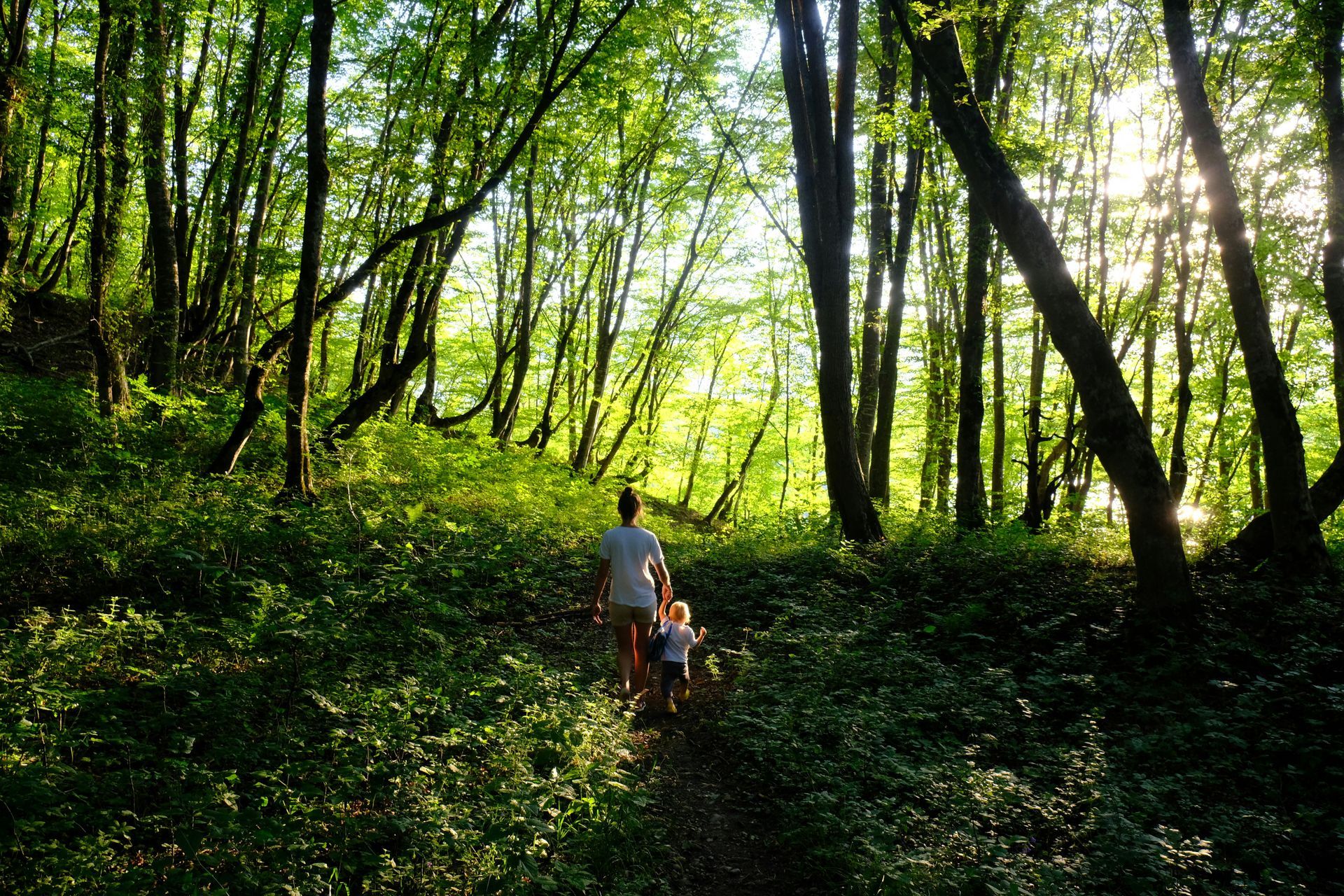
What Are Indicators? The terms "leading" and "lagging indicators" originate from systems theory and are widely used in economics. In this context, leading indicators give clues about where the economy is going, while lagging indicators show us what has already happened. A classic leading indicator is the number of new job advertisements. If companies are posting lots of job openings, it usually means they expect business to grow soon — a sign the economy may be about to improve. A well-known lagging indicator is the unemployment rate. When the economy slows down, businesses take time to react, and layoffs often happen after the downturn has already begun. So while job ads can warn of change, unemployment confirms it has already occurred. Indicators in Ecology In ecology, particularly within Holistic Management, the same principles apply. Leading and lagging indicators help land managers respond to environmental changes more effectively. Ecological Outcome Verification (EOV) Ecological Outcome Verification (EOV) offers a structured framework for monitoring ecological health using both leading and lagging indicators. Classic leading indicators in EOV include: Dung distribution – shows how effectively animals are using the landscape, which relates to grazing impact. Litter cover – refers to plant material covering the soil surface, helping retain moisture and build organic matter. Soil capping – early signs of water infiltration issues and surface degradation. Classic lagging indicators in EOV include: Soil carbon content – a long-term measure of soil health Biodiversity (plant species richness) – reflects broader ecological balance, but responds slowly to changes in management. Water infiltration rates – reveal soil structure and function after long-term management effects. Leading indicators offer subtle, early signals that help land stewards adjust management in real time. Lagging indicators provide essential long-term feedback but often appear only after major changes have occurred. The Human Condition as a Lagging Indicator Human beings have been remarkably successful in inhabiting every climatic region on Earth, not through biological adaptation alone, but by modifying environments with tools, clothing, shelter, agriculture, and technology. This resilience has allowed us to thrive well beyond the natural carrying capacity of local ecosystems. By importing resources, controlling temperature, and artificially generating food and water, we have effectively decoupled our survival from the immediate health of our environments. However, this very success has dulled our sensitivity to ecological feedback. Because we buffer ourselves from natural limits, we often fail to notice when those limits are being breached. Our ability to override early warnings with technology — irrigation, fertilisers, antibiotics, global supply chains — means we no longer feel the signals of stress in ecosystems. In the past, poor soil meant failed crops and hunger, prompting quick behavioural change. Now, consequences are delayed, but not avoided. This resilience is deceptive. It creates the illusion of stability while ecological degradation accumulates in the background. By the time problems become visible — mass species extinction, collapsing insect populations, polluted waterways, declining soil fertility — critical thresholds may have already been crossed. Our responses come too late, often reactive rather than adaptive. Technology extends our comfort, but dulls our ecological sensitivity. Instead of being part of the feedback loop, we exist outside it — until the damage is undeniable. That is why human behaviour now functions as a lagging indicator. We wait for catastrophe before we act. A Flawed Operating System This lag is rooted in our worldview. Modernity, grounded in dualism and industrial logic, sees humans as masters of nature, not participants within a living whole. It encourages control, prediction, and efficiency over perception, humility, and adaptability. This mindset dulls our ecological senses. It overrides our capacity for intuitive, embodied responsiveness. It privileges measurable outputs over relational awareness. As a result, we are systemically insensitive to leading indicators. We miss the bare soil, the collapsed microbial life, the vanishing pollinators — until their absence disrupts our daily lives. In Holistic Management, trained observers — called monitors — are taught to read the land not only through long-term trends but through its moment-to-moment language. What would it mean for us, collectively, to read the Earth in this way? The Potential of Conscious Adaptation While we currently lag, we don’t have to. The beauty of holistic systems — and of life itself — is that they can be trained to respond more intelligently, more attentively, and more quickly. We can become leading indicators. We can tune into early signs of imbalance. We can feel into the edges of complexity before they fracture. We can act, not react. This shift begins with a new internal operating system, one that Holistic Management helps develop. When we define a Holistic Context for our lives, families, organisations, or communities, we begin making decisions rooted in long-term integrity rather than short-term gain. The health of soil, water, people, and purpose are no longer competing interests but interconnected essentials. This isn’t about idealism — it’s about function. It’s about survival through wholeness. Learning to Sense Again Our capacity to live regeneratively depends on our capacity to sense. Not just to measure or model, but to develop a more reliable holistic impression of nature.To be in a new relationship. To notice, to the best of our emergent abilities the nature of the wind, the soil, the plants, the insects and creatures, the changing seasons. In this way, our technological ingenuity isn’t the problem — our disconnection is. Perhaps the next evolution of human intelligence isn’t in artificial intelligence or global policy, but in restoring our capacity for attuned, holistic sensing — the kind of awareness a good grazer has, or a river shifting course to find flow. A Final Reflection The ecological crises we face today aren’t just about pollution or carbon. They are symptoms of a deeper crisis of responsiveness. We are not behaving as if we are part of the living system. We’re lagging, watching from the outside, narrating collapse like a documentary. But we can wake up. We can step back into the loop. Just as a landscape can recover when the right indicators are observed and the right context is held, so too can we — as individuals and as a species — become wise stewards of our place within the whole. If human behaviour is currently a lagging indicator, then the great challenge — and opportunity — of our time is to become a leading one. The very tool that enabled our extraordinary resilience — technology — can now be repurposed to restore our sensitivity and responsiveness. Rather than standing apart from nature, we can become an active part of it once again, adapting in real time and accelerating ecological recovery faster than passive rewilding alone ever could.
